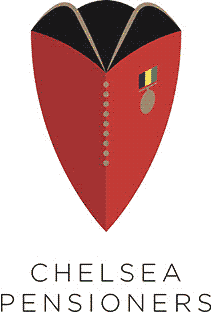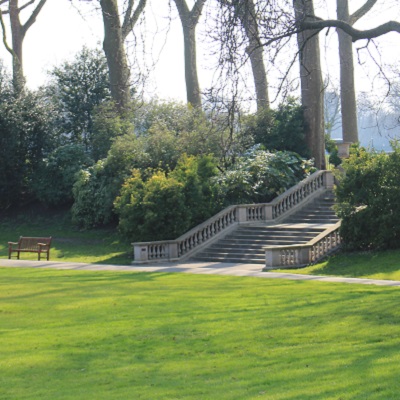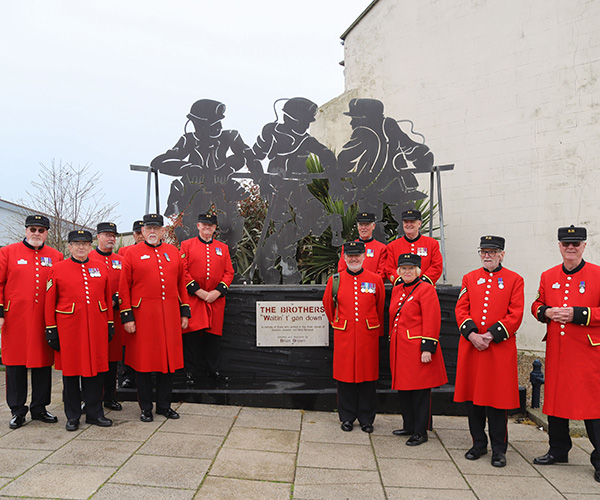Royal Hospital joins Elm tree planting week
25th February 2022
This week, the Royal Hospital came together with major London parks to plant Elm trees as part of Elms4London, Elm Tree Planting Week.
For Elm Planting Week, these magnificent trees are being planted in nearly every borough of the capital. The campaign to plant disease-resistant Elm trees is part of a plan to increase numbers of this beautiful species which has been decimated by disease. Elms provide an essential habitat for rare creatures including tussock moths and are a source of food for honey bees early in the season.
To restore numbers and increase biodiversity, a number of London’s major parks have come together to plant Elms and are encouraging other parks and members of the public to do the same.
Yesterday trees were planted at The Royal Hospital Chelsea, Kensington Gardens, Brompton Cemetery, The Royal Parks, as well as Queen Elizabeth Olympic Park.
Mark Lane, Her Majesty The Queen’s Head Gardener, who chairs the group behind this campaign, says:
This is the culmination of an intensely worthwhile campaign to plant more disease-resistant Elm trees across London.
So many of these majestic trees have been lost from the London landscape that we now have the opportunity to bring more of these important landmarks back to the city.
Elm trees have great beauty and presence in their own right as well as providing a huge benefit for the diversity of wildlife that is dependent on them and for the people of London as well.
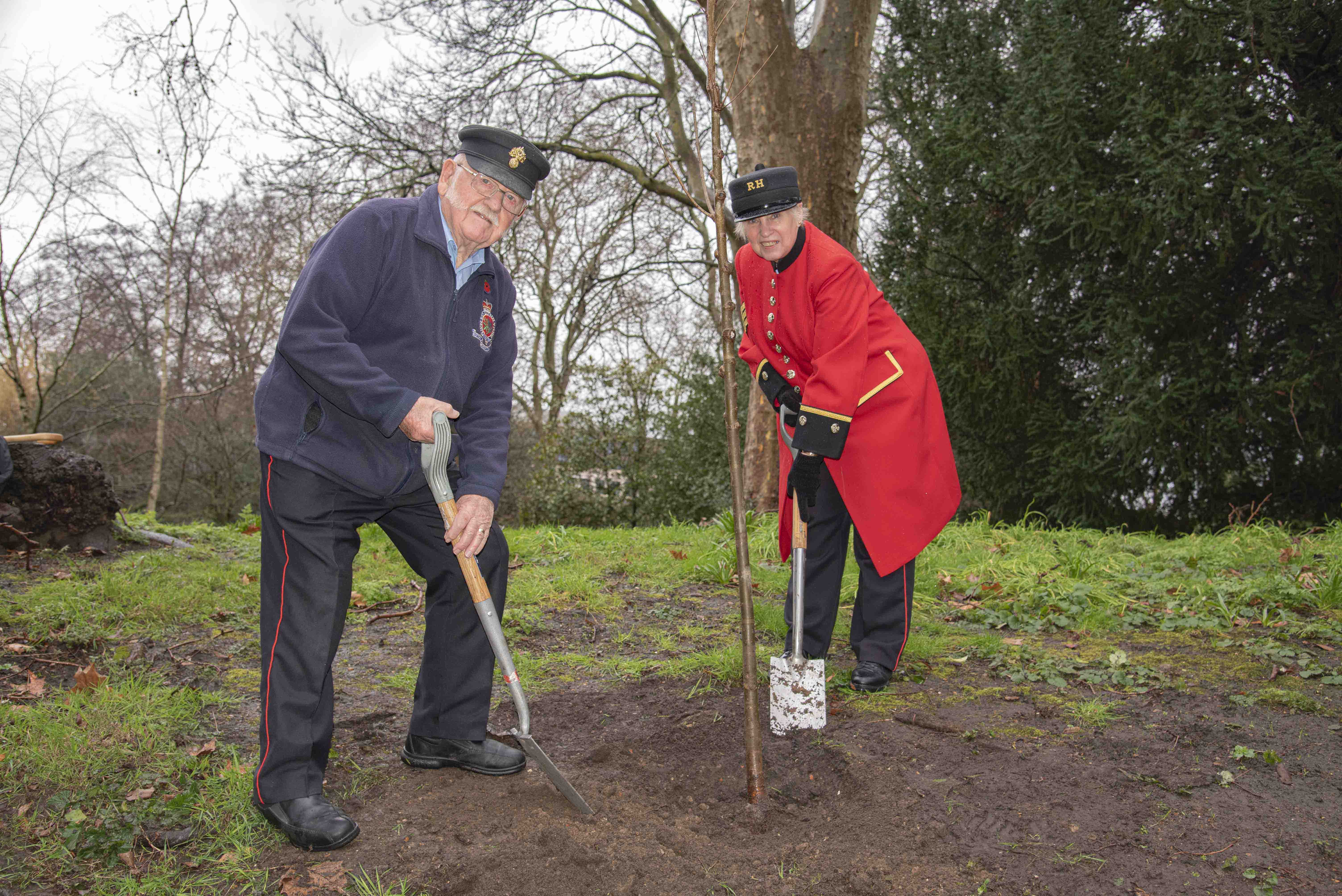
Ric Glenn, Grounds Manager of the Royal Hospital, said:
The Royal Hospital Chelsea is pleased to support the Elms for London initiative by planting this disease-resistant Elm tree, Ulmus ‘New Horizon’. The loss of so many Elm trees from the landscapes of London, by what is known here as Dutch Elm Disease, has been devastating.
Elms are a vital habitat for many species of fauna and support a food chain, so there has been a wider loss to our biodiversity. We’re thrilled to plant our tree in the Hospital’s Ranelagh Gardens where it will be enjoyed by Chelsea Pensioners and the local community for years to come.
History of Elms in London
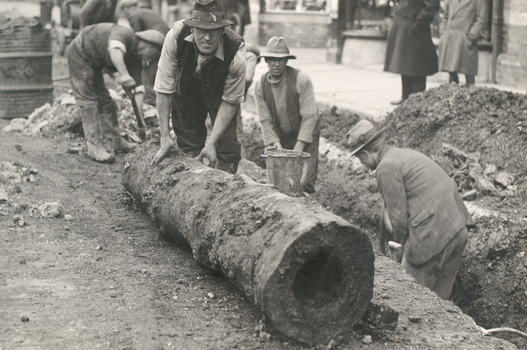
Elms have been a dominant part of the British landscape for centuries. Elm is a strong and durable wood which lasts well in water and underground. It has been used for boats, particularly their keels, in lock gates, wheels for carts and wagons, chairs and floorboards, as well as coffins, pit props, bridge piles and piers. The piles of the Old London Bridge were of Elm and lasted for nearly 600 years. In the middle ages Elm was used to make longbows if Yew was unavailable. The first piped water brought into London was through wooden pipes made of Elm, so this was a hugely important resource in the development of London as the capital city.
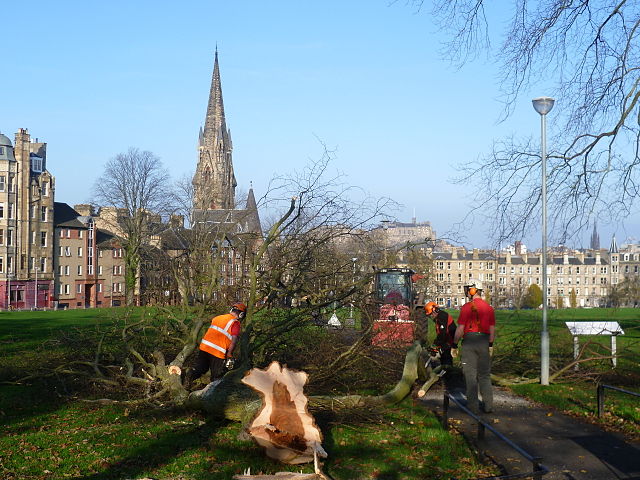
Today, when older people think of Elm trees, unfortunately Dutch Elm Disease comes to mind. The devastating outbreak of the virulent form of this disease from the late 1960s onwards remains a memory for those who witnessed its destructive transformation of the landscape in both rural and urban areas.
This aggressive strain was imported on logs at Southampton and the disease spread rapidly to hitherto unaffected areas of England and Wales through the movement of diseased elm timber from the south. As well as being well-represented across the rural landscape, it once constituted a significant proportion of the tree population in many towns and cities. London too had a high population and it is well documented that elms once provided a notable structure to the green landscape of the capital, and could do so again. Our current reliance on the London Plane tree is not advisable as it does form something of a mono-culture, certainly in central London, so an attempt to mix tree taxa would provide diversity, interest and insurance for the future.
London Elms and biodiversity
Over a forty-year period many Elms were lost across the country and London too suffered the demise of many stately trees, but as well as the change to the landscape, came the significant loss of biodiversity. Entomologists everywhere recorded significant declines of key species due to the death of this iconic tree.
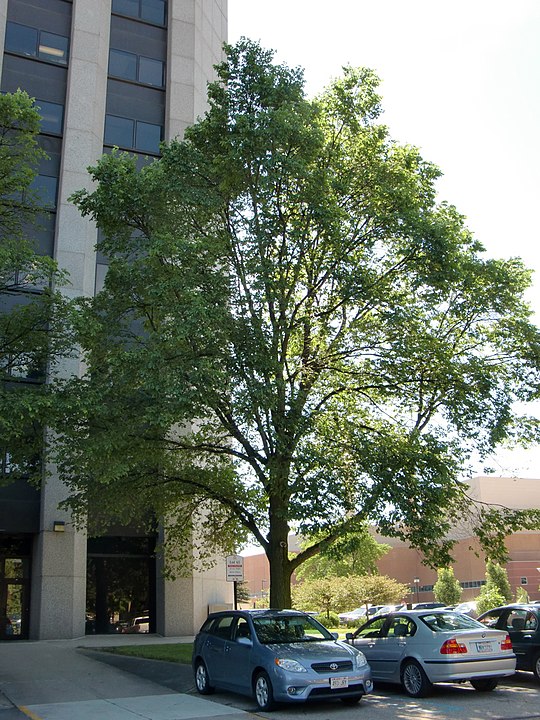
All Elms in the landscape have a number of wildlife benefits including providing forage for 21 micromoths and 17 macromoths including the Peppered, Light-emerald and White-spotted Pinion moths as well as two butterflies, namely the White-letter Hairstreak and the Comma. Many of these are considered vulnerable after the widespread loss of the native elm, but they have recently been found populating the new, young Dutch Elm Disease resistant Elms, which has been a relief to lepidopterists everywhere. The branches, stems and trunks provide a perfect habitat for colonisation by lichens and mosses, as well as the seeds being sought out by a range of birds and some small mammals.
A prime example of how important this genus is, is the White-letter Hairstreak which spends the winter months in the egg stage on the Elm's terminal branches. The first instar larvae emerge from these in early March and commence feeding on Elm flowers.
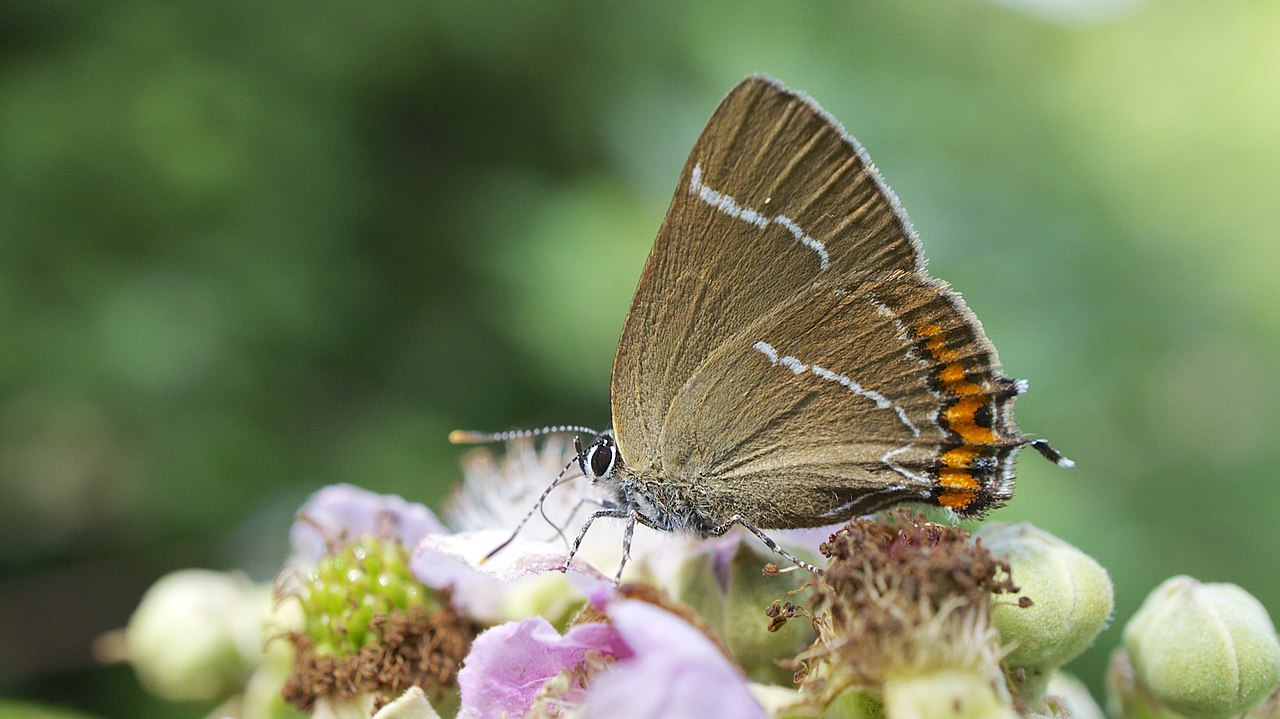
In addition, Elms can be a useful early source of pollen for honey bees particularly when they happen to be growing in close proximity to the apiary. Later in the year they become a source of honeydew which the bees collect in place of nectar.
